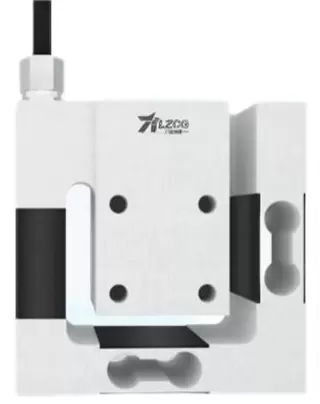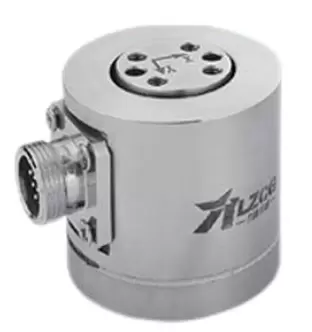Sep 24Source: LZCGIntelligent Browse: 35
Choosing the right force sensor is crucial for engineers and designers who need accurate, reliable measurements. A key decision lies in understanding the differences between 2 axis vs 3 axis force sensors, and which is better suited to your application’s demands.
At LIGENT SENSOR, a leading manufacturer of advanced sensor technologies, we help clients select the ideal multi-axis force sensors tailored to their projects, whether in robotics, medical devices, or industrial automation.
Understanding Multi-Axis Force Sensors
Multi-axis force sensors measure forces along two or more directions simultaneously. These sensors are essential when you need precise data on complex movements or interactions across multiple planes.
What is a 2 Axis Force Sensor?
A 2 axis force sensor can detect forces in two orthogonal directions (typically X and Y). These are commonly used in applications where vertical motion is irrelevant or compensated by other means.
Key Advantages:
●Simpler mechanical structure
●Lower cost and easier integration
●Ideal for planar motion tracking
Common Use Cases:
●Testing surface friction
●XY motion control systems
●Simple robotic end-effectors
What is a 3 Axis Force Sensor?
A 3 axis force sensor adds the Z-axis to measure forces in all three dimensions (X, Y, and Z). This capability is vital for scenarios where vertical forces and out-of-plane motion are critical.


Key Advantages:
●Complete spatial force measurement
●Better for complex load paths
●Enhanced accuracy for real-world applications
Common Use Cases:
●Robotic manipulation and grasping
●Orthopedic and prosthetic testing
●Aerospace and automotive component testing
4.2 Axis vs 3 Axis Force Sensors: Key Considerations
(1).Application Requirements
If your setup only requires monitoring planar forces, a 2 axis force sensor is often sufficient. But for full spatial awareness or when out-of-plane loads matter, 3 axis sensors offer a more comprehensive solution.
(2). Cost and Complexity
2 axis sensors are generally less expensive and easier to install. 3 axis sensors, while costlier, provide more data and require careful calibration and data interpretation.
(3). Sensor Dimensionality and Precision
With more axes comes more detailed data. However, this also means higher sensitivity to noise and cross-talk. Choose based on the level of precision and directional force resolution needed.
(4). Size and Design Constraints
Smaller, more compact applications may benefit from a 2 axis design due to its simpler layout. However, for high-load, multidirectional sensing, 3 axis models are more suitable.
5.FAQs
Q: Can I use a 2 axis sensor in a 3 axis application?
A: It’s possible but not ideal. You may miss important vertical force data, which could compromise your system’s accuracy.
Q: Is a 3 axis force sensor always better?
A: Not necessarily. It depends on your use case. A 2 axis sensor may be more efficient and cost-effective if vertical force isn’t critical.
Q: Are LIGENT SENSOR’s force sensors customizable?
A: Yes. LIGENT SENSOR offers custom solutions for both 2 axis and 3 axis force sensors tailored to specific industry requirements.
6.Conclusion: Which Sensor Should You Choose?
When comparing 2 axis vs 3 axis force sensors, the best choice depends on your application’s specific needs. Consider factors like motion complexity, budget, installation space, and data precision.
Whether you’re working on a robotic system, a medical testing rig, or a smart industrial platform, LIGENT SENSOR provides high-performance multi-axis force sensors designed for optimal accuracy and reliability.
Need expert advice?
Contact LIGENT SENSOR today to find the right sensor solution for your next project.